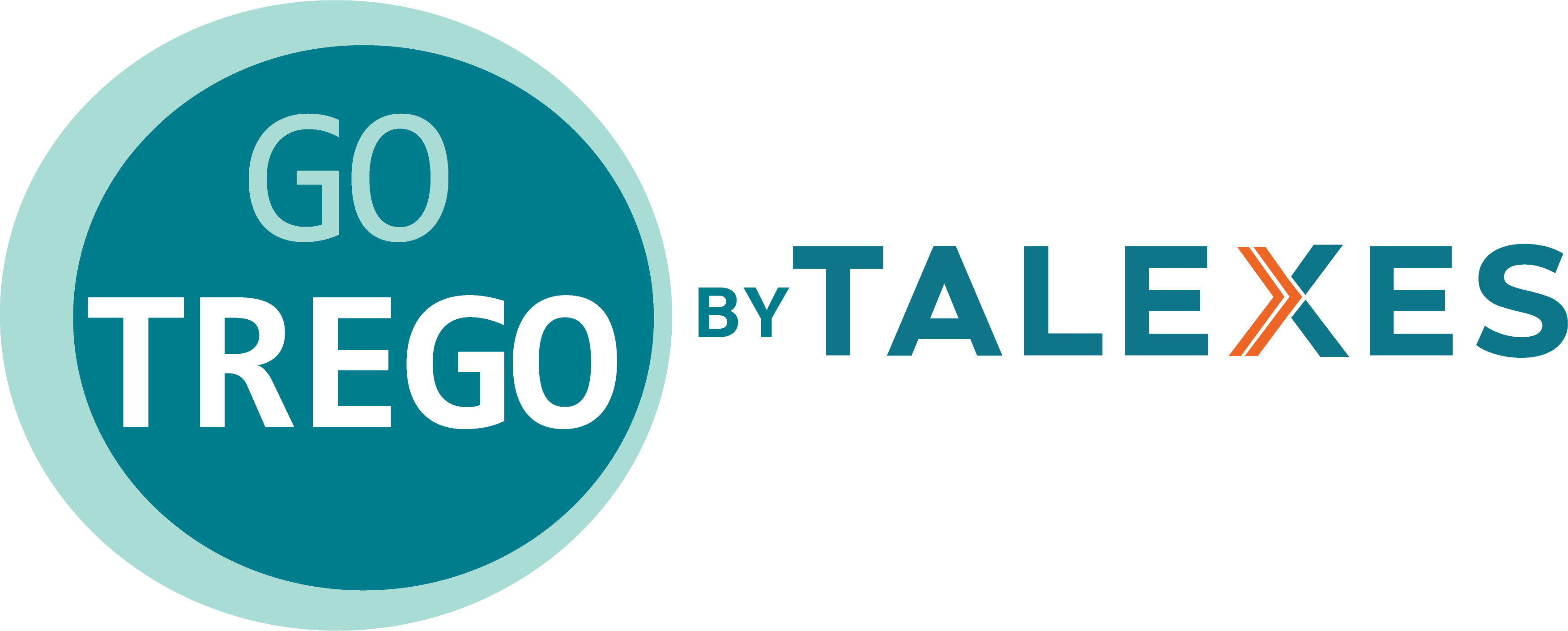The auto industry’s margins hinge on flawless execution—from the engineering lab to the dealership floor. Yet many manufacturers and dealer groups still rely on disconnected assessments that examine a single stage of the talent cycle while ignoring the wider workforce picture. The result? Expensive mis-hires, stalled employee development, and teams that never quite click. Below are nine common assessment blind spots—and how closing them can safeguard productivity and profit in the automotive world.
- Data Silos Undermine Strategy
Most HR tools churn out isolated reports that never make it to plant managers, service directors, or regional GMs. Without a single talent dashboard linking hiring, training, and performance, leaders can’t see patterns that drive warranty costs, rework, or CSI scores.
- Job Fit Reduced to Generic Scores
A drivetrain engineer needs different strengths than a finance manager or parts advisor. One-size aptitude tests ignore the nuanced mix of cognitive, behavioral, and mechanical reasoning each job demands, leading to poor fit and high turnover on production lines and sales floors.
- Team Dynamics Left to Chance
Great vehicle launches depend on cross-functional teams that mesh. Traditional assessments evaluate individuals in a vacuum, overlooking how personalities, problem-solving styles, and shift preferences interact. The fallout: friction, missed deadlines, and unplanned overtime.
- Development Ends on Day One
Many programs stop once the hiring decision is made. In a sector where tech evolves yearly—think EV propulsion or ADAS calibration—employees need an ongoing roadmap. Continuous assessments pinpoint new skill gaps so technicians, engineers, and sales staff stay ahead of the curve.
- Hidden Leaders Stay Hidden
Succession charts often favor tenure over potential. Without early-career leadership assessments, high-performing line supervisors or service advisors may be overlooked until they leave for a competitor—taking tribal knowledge with them and forcing a costly external search.
- Culture Fit Defined by Gut Feel
“Car-guy culture” means different things in a design studio versus a retail showroom. Relying on intuition to gauge fit can lead to misaligned values, uneven safety practices, or lackluster customer experiences. Culture data woven into assessments helps align behaviors from plant floor to C-suite.
- Static Snapshots in a Dynamic Market
Annual evaluations capture last year’s performance, not tomorrow’s potential. Rolling, bite-sized assessments keep pace with product launches, ICE-to-EV retraining, and new retail models, allowing leaders to recalibrate development plans in real time.
- Decisions Anchored in Past Performance Alone
Backward-looking metrics can’t predict how a candidate will respond to a semiconductor shortage or a sudden shift to online sales. Predictive analytics—layered onto assessment data—flag future risk and opportunity, so leaders act proactively rather than reactively.
- One Test for Five Generations
A Gen Z software engineer values career mobility; a veteran master tech may value stability. Assessments that ignore generational motivators dampen engagement and speed up attrition. Adaptive tools that tailor questions and feedback for each cohort keep every employee invested.
The Bottom-Line Benefit
When assessment data flows seamlessly from recruiting to employee development and team formation, automotive companies cut hiring misfires, slash training waste, and unleash higher performance in every bay and boardroom. An integrated, end-to-end approach transforms assessments from fragmented costs into a single profit-protecting system—one that keeps your workforce tuned, aligned, and ready for whatever the road ahead brings.





